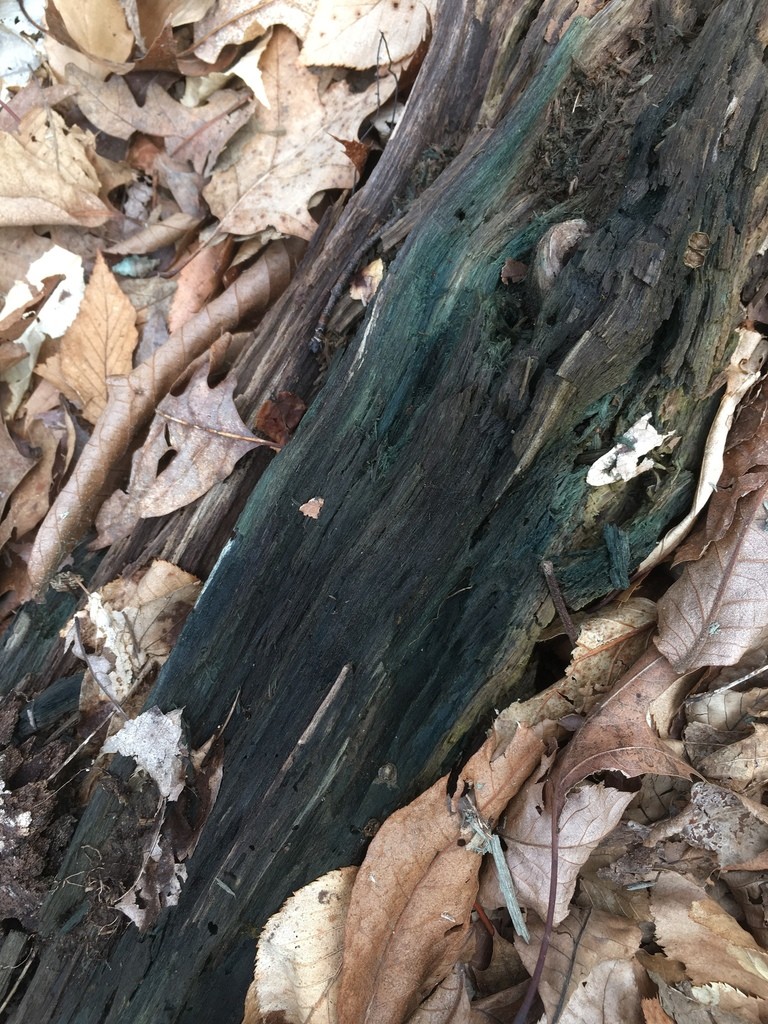Chlorociboriaceae
Scientific name: Chlorociboriaceae
Chlorociboriaceae
Scientific name: Chlorociboriaceae
 Photo By Sava Krstic , used under CC-BY-SA-3.0 /Cropped and compressed from original
Photo By Sava Krstic , used under CC-BY-SA-3.0 /Cropped and compressed from original Description
Its most famous species is chlorociboriaceae aeruginascens. This species has apothecia (cup-shaped ascocarps) that are usually attached laterally, often less than 5 mm in diameter, collapsing laterally and becoming rolled inwards when dry. The outer tissue layer of the apothecium, known as the ectal excipulum, has a delicate tomentose surface composed of hair-like, straight or sometimes coiled, smooth hyphae. The stipe is typically less than 2.5 mm long, with a central or eccentric attachment to the apothecia. Spores are roughly spindle-shaped (fusiform), smooth, and 5–8 by 0.7–2.8 μm. Apothecia grow on bark-free wood, especially oak, part of which at least is stained greenish by the mycelium. The abundant paraphyses, which may be entwined, are 55–95 by 1.5–2 μm, filamentous, and septate with an unswollen, unbent apex that often extends beyond the level of the asci tips.
